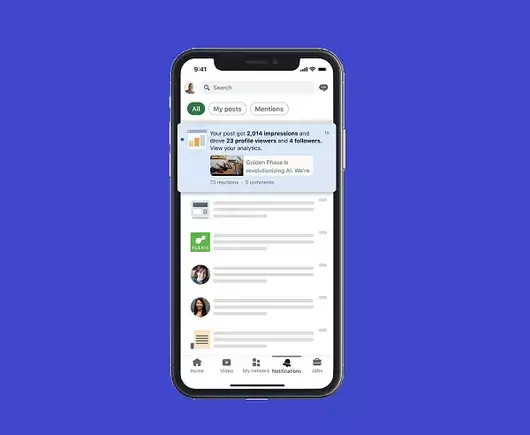In its latest update, LinkedIn promises to deliver real-time insights into how your posts are performing, emphasizing followers gained, impressions, and profile views. While on the surface, this seems beneficial—giving users a clearer picture of what content hits the mark—it also feeds into a culture obsessed with metrics. Such relentless tracking may encourage creators to prioritize quantity over quality, chasing fleeting boosts in engagement rather than meaningful conversations or value-driven content. This shift echoes the broader social media trend: platforms increasingly commodify attention, turning organic post creation into a game of superficial metrics rather than genuine interaction. For the discerning professional or creator, this can distort priorities, fostering strategic gimmicks designed solely to spike numerical indicators at the cost of authenticity.
Enhanced Analytics as a Control Tool or a Nuisance?
LinkedIn’s move to expand its analytics features aligns with its push to cultivate a more creator-friendly environment—aimed at nurturing content that keeps users engaged longer. However, the constant stream of notifications, as described by the platform, risks becoming overwhelming or even manipulative. While users can disable or customize notifications, the default setup nudges people to pay continual attention to their metrics. This persistent influx of performance data might seem empowering but, in reality, serves as a subtle form of control—pressuring creators to refine and adapt their content incessantly in pursuit of better numbers. For the practical, wise user, this incentivizes an overemphasis on post optimization rather than fostering genuine dialogue or expertise.
A Center-Right Perspective on Platform Evolution
From a centrist conservative-liberal standpoint, this new feature set is a double-edged sword. On the one hand, it offers tools to help creators succeed in a competitive digital economy, aligning with the value of individual effort and entrepreneurial spirit. These analytics empower professionals to better understand their audience and hone their craft, a positive development. Yet, it also risks encouraging a shallow content landscape—where success hinges on manipulation of algorithms and superficial engagement, rather than substantive contributions. As platforms like LinkedIn strive to retain users through monetization opportunities and expanded creator incentives, the danger is that quality of discourse may decline in favor of optimized, click-driven content.
Balancing innovation with integrity, LinkedIn’s move signals a broader shift: to thrive, creators must resist the siren call of vanity metrics and focus instead on authentic, value-driven messaging. The question remains whether the platform will preserve space for meaningful dialogue or merely escalate the noise—the choice is ultimately in the hands of its user base and their ability to prioritize substance over spectacle.









Leave a Reply